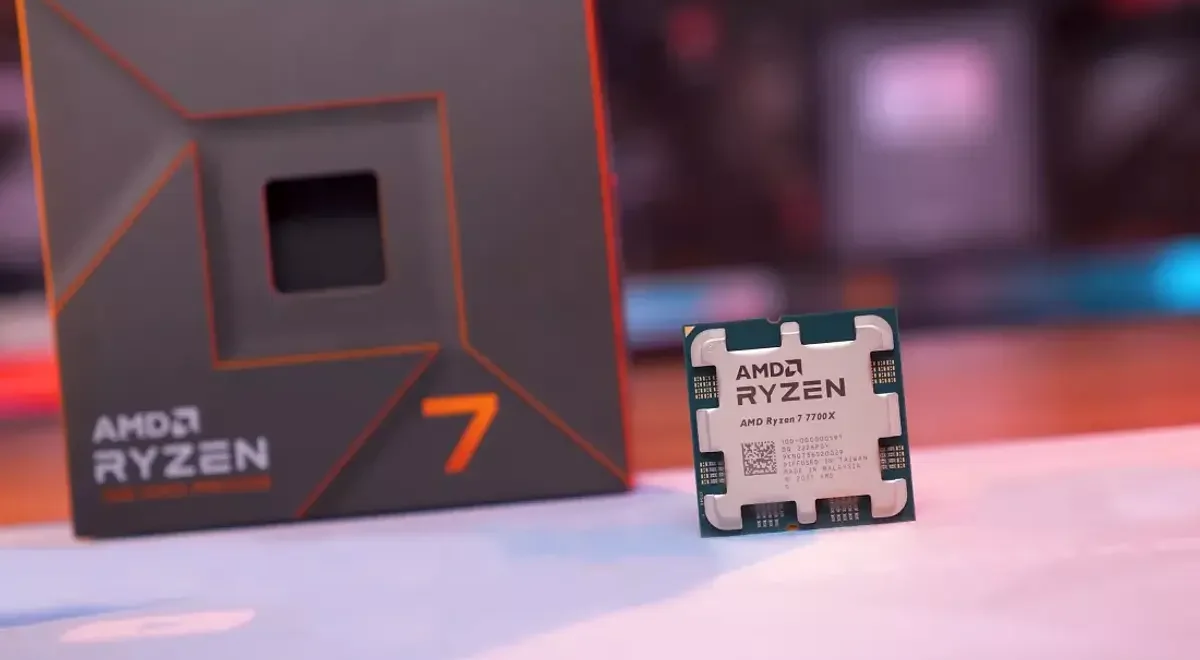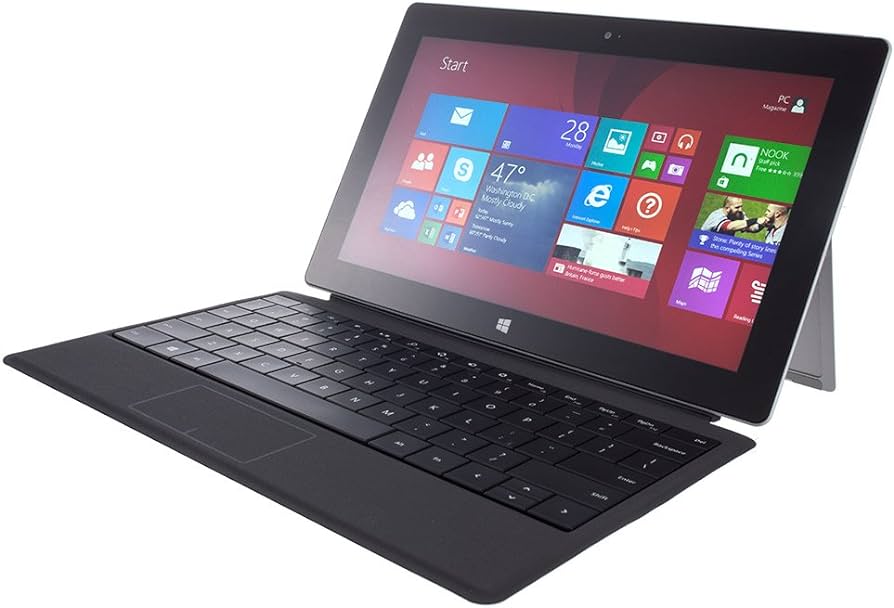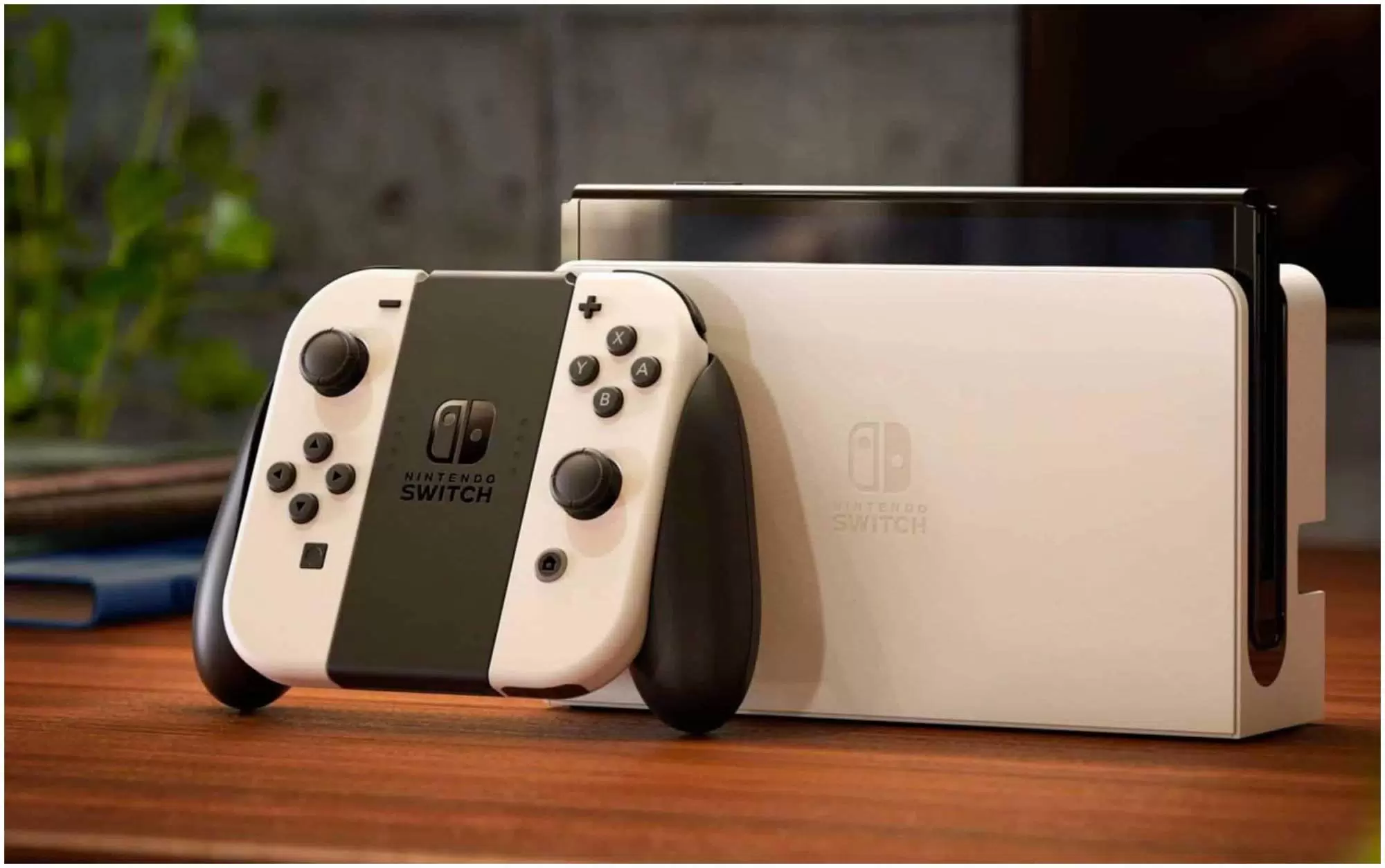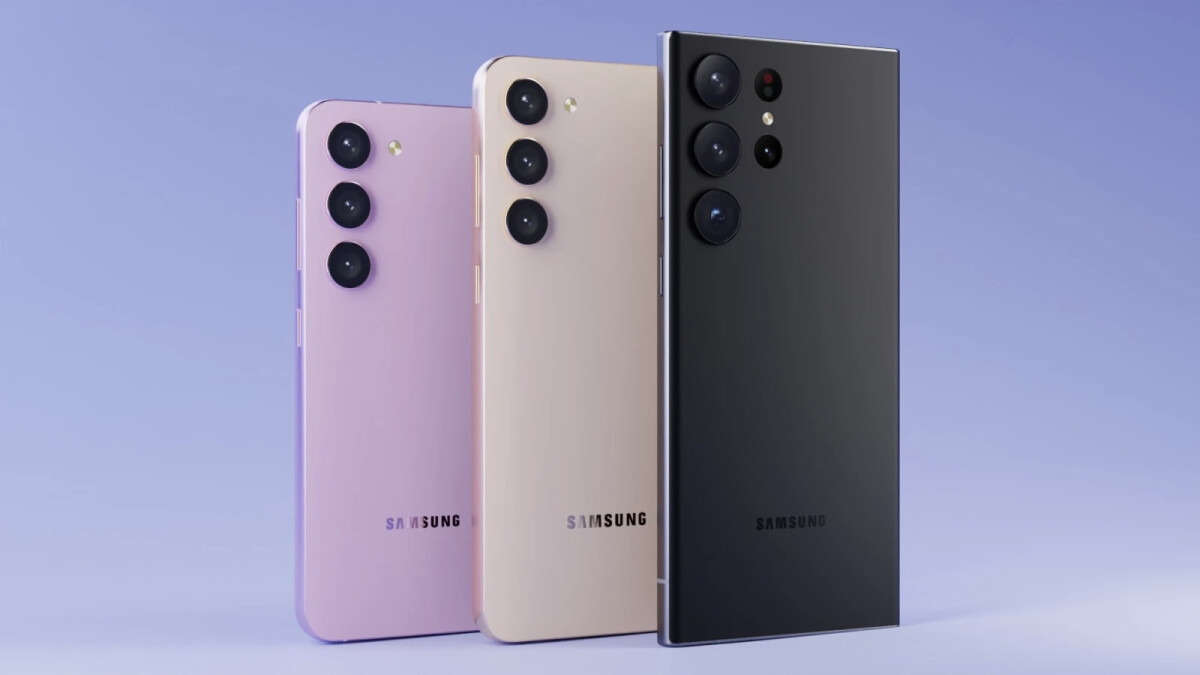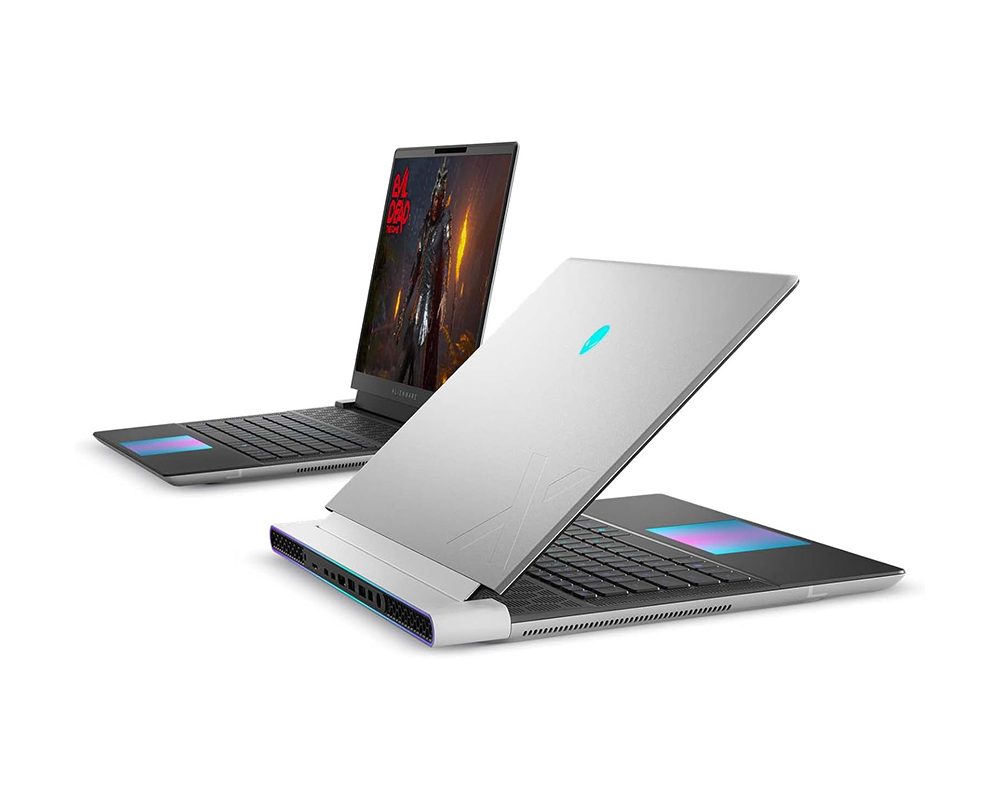
In the ever-evolving landscape of computing technology, the latest high-end processor emerges as a pivotal player redefining performance benchmarks. This section delves into the intricacies of its capabilities, examining how it stands against its competitors while highlighting its innovative features that cater to demanding users.
By dissecting the architecture and specifications, we aim to provide a thorough understanding of how this component excels in real-world applications. Whether for gaming, creative work, or intensive applications, the nuances in its design promise significant enhancements that can elevate user experience to new heights.
Join us as we embark on a detailed examination of this remarkable engineering achievement, exploring its strengths, weaknesses, and the overall impact it has on modern computing. Prepare to discover what sets it apart in a crowded market and why it deserves a place in the hearts of tech enthusiasts and professionals alike.
Overview of Intel Core i7 14700K
The latest addition to the high-performance lineup of microprocessors showcases impressive specifications that promise to enhance computing tasks, whether for gaming, content creation, or multitasking. This powerful unit embodies advancements in architecture and efficiency, catering to the needs of demanding users who seek exceptional speed and responsiveness.
Key Specifications
- Cores: A significant number for seamless parallel processing
- Threads: Enhanced threading technology for improved multitasking
- Base Clock Speed: Optimized for fast operation under typical workloads
- Turbo Boost Frequency: Capable of dynamically increasing speed during intensive tasks
- Integrated Graphics: Offers solid visual performance without a dedicated GPU
Target Audience
This processor is designed for a range of users, including:
- Gamers seeking high frame rates and smooth graphics
- Content creators engaged in video editing and 3D rendering
- Professionals requiring reliable performance for productivity applications
- Enthusiasts looking to build powerful custom systems
The combination of cutting-edge features and robust performance makes this processor a compelling choice for those who demand excellence from their computing hardware.
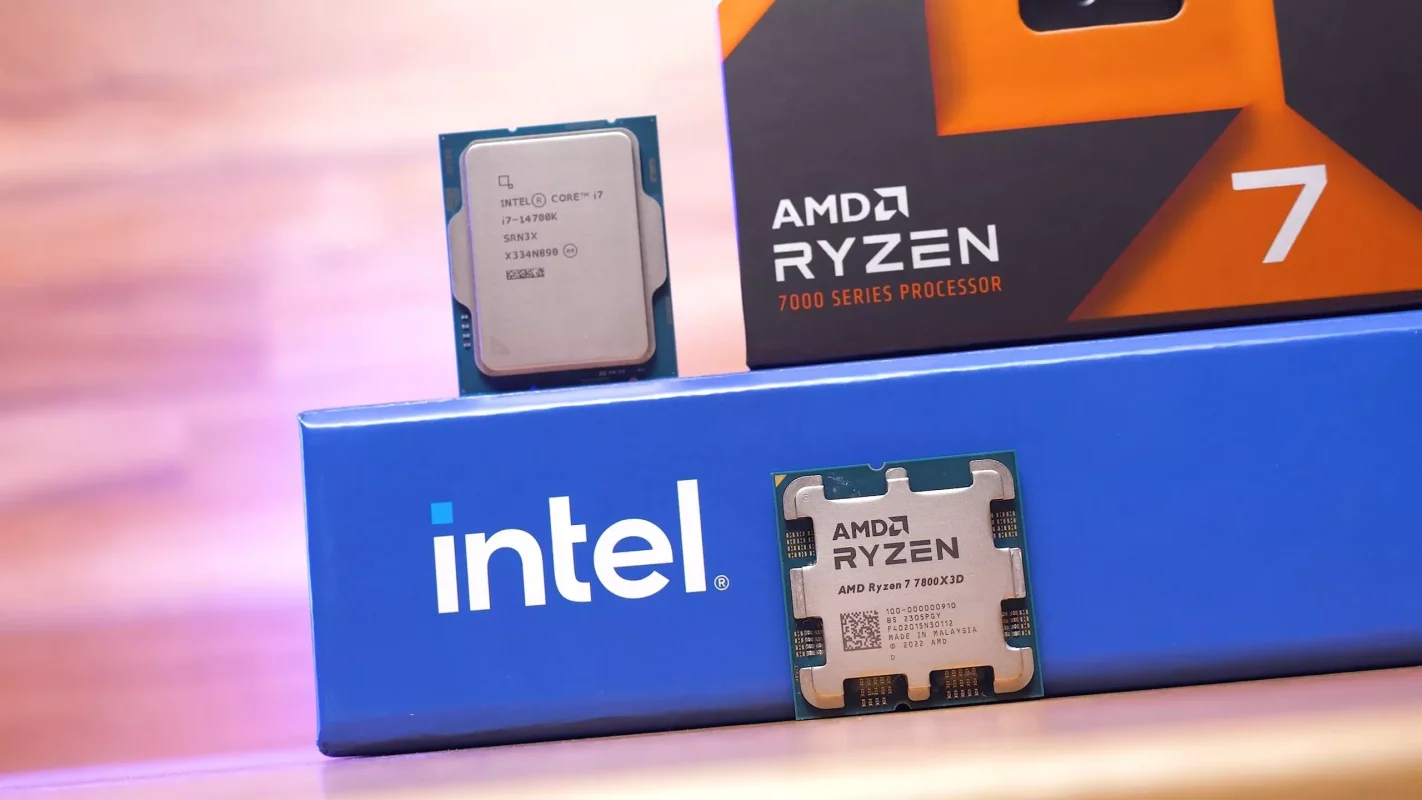
Key Features and Specifications
This section delves into the essential characteristics and technical details of the latest high-performance processor. Understanding these attributes is crucial for evaluating its suitability for various computing tasks, whether for gaming, content creation, or professional applications. The design elements are tailored to enhance speed, efficiency, and versatility, setting a new standard in contemporary computing.
Architecture: The microarchitecture employed in this unit emphasizes advanced processing capabilities while maintaining energy efficiency. This allows for optimal performance under heavy workloads.
Cores and Threads: Boasting a significant number of cores and simultaneous threads, this CPU excels in multitasking environments. Users can expect smoother performance in applications requiring intensive computational power.
Clock Speed: The base and boost frequencies are thoughtfully calibrated to provide responsive performance across a variety of tasks. Users can enjoy rapid processing speeds, which are particularly beneficial during demanding activities.
Cache Memory: Enhanced cache sizes improve data retrieval speeds, effectively reducing latency and increasing overall system responsiveness. This attribute is essential for high-speed data processing.
Integrated Graphics: Equipped with capable integrated graphics, this processor allows for basic visual tasks without the need for a separate GPU, making it an excellent choice for casual gaming and media consumption.
Thermal Design Power (TDP): The TDP rating indicates the thermal energy the unit dissipates, providing insight into cooling requirements and overall energy consumption, which aids in system design considerations.
Supported Technologies: This processor features compatibility with the latest advancements like DDR5 memory and PCIe 5.0, ensuring future-proofing and enhancing overall system performance.
Socket Type: Utilizing a modern socket facilitates seamless upgrades, offering users the flexibility to enhance their setups easily as new technologies emerge.
Performance Benchmarks: Real-World Testing
The practical capabilities of a processor can often be better assessed through hands-on evaluations rather than theoretical specifications. Real-world tests provide insight into how well a chip performs under various workloads, making it easier for users to understand its strengths and weaknesses. This section delves into several benchmarks that illustrate the efficiency and responsiveness of the latest model in different scenarios.
Gaming Performance
In gaming environments, the latest generation exhibits remarkable proficiency. Titles such as Cyberpunk 2077 and Call of Duty: Warzone showcase smoother gameplay at high resolutions, maintaining competitive frame rates even during intense action sequences. Benchmarks indicate that this processor excels in meeting the demands of modern gaming, allowing for high refresh rates without noticeable stuttering.
Content Creation and Productivity
For content creators and professionals, the chip demonstrates exceptional performance in tasks like video editing and 3D rendering. Utilizing applications such as Adobe Premiere Pro and Blender, real-world testing reveals a significant reduction in rendering times, greatly enhancing productivity. Users will find that multitasking capabilities are robust, enabling seamless transitions between demanding applications.
Overall, thorough real-world testing highlights the enhanced capabilities of this cutting-edge processor, proving its worth across various applications. Thus, it stands as a strong contender for both gamers and professionals alike, optimizing their experiences through improved efficiency.
Comparative Analysis with Competitors
This section delves into how the latest processor stacks up against its rivals in the market. By examining various performance metrics, including gaming capabilities, multitasking efficiency, and overall value for money, we aim to provide a clearer picture of where it stands relative to key competitors. Understanding these differences is critical for consumers looking to make informed decisions based on their specific needs.
Performance Benchmarking
When comparing processing units from leading brands, several benchmarks come into play. The discussion revolves around single-core and multi-core performance. In gaming scenarios, strengths are often showcased in frame rates and load times, while in productivity tasks, efficiency and rendering capabilities are measured. Recent tests indicate that while the newest entry excels in gaming, rival manufacturers also offer competitive options that balance power consumption and performance.
Value Proposition
In addition to raw performance, cost-effectiveness plays a crucial role in consumer choice. Many users weigh their options based on pricing trends, availability, and compatibility with existing hardware. The latest contender offers a robust feature set at a competitive price point, yet it is essential to evaluate other products that might deliver similar performance at lower costs or with added features. Identifying these alternatives enables buyers to optimize their investment and tailor their setups effectively.
Thermal Management and Power Consumption
Effective heat dissipation and energy efficiency have become crucial factors for high-performance processors. As computing tasks become more demanding, understanding how to maintain optimal thermal levels while minimizing power usage is essential for both longevity and performance stability.
Modern processors utilize several techniques to manage heat generation and power draw:
- Dynamic Voltage and Frequency Scaling (DVFS): This technology allows the processor to adjust its voltage and frequency according to workload requirements, aiming to conserve power during lighter tasks.
- Advanced Cooling Solutions: With solutions ranging from air coolers to liquid cooling systems, maintaining lower temperatures is vital for performance and system reliability.
- Architectural Innovations: Recent designs focus on enhancing energy efficiency by optimizing the internal structure, thus reducing unnecessary power loss.
- Idle State Management: Processors can enter low power states during periods of inactivity, significantly reducing energy consumption.
Balancing performance demands with thermal limits is essential. Elevated temperatures can lead to throttling, where the processor reduces its speed to prevent overheating. Therefore, maintaining a cool environment not only improves reliability but also enhances overall user experience.
In conclusion, understanding the relationship between thermal management and energy use is vital for achieving high efficiency and performance in high-end computing tasks. Proper implementation of cooling methodologies, alongside intelligent power consumption techniques, plays a fundamental role in maximizing processor effectiveness.
Gaming Performance and User Experience
The latest generation of processors has significantly enhanced the gaming experience, providing remarkable levels of performance and responsiveness. Gamers can now immerse themselves in high-fidelity graphics and complex game environments without experiencing lag or stutter. This level of efficiency enables smoother frame rates and quicker load times, essential for an enjoyable gaming session.
When it comes to frame rates, users can expect impressive results across various titles. Whether playing demanding AAA games or popular multiplayer titles, the hardware delivers exceptional gameplay experiences, often exceeding the standards set by previous generations. The synergy between advanced cooling solutions and optimized clock speeds ensures that players can push their systems to the limits without compromising on stability.
The user experience is further enriched by robust support for the latest technologies, such as ray tracing and VR, which add a new dimension to graphical realism. Coupled with high-resolution displays, this creates a captivating atmosphere that draws players into their virtual worlds. Additionally, the integration of AI-driven features aids in enhancing the overall interaction, making gameplay more intuitive and engaging.
Overall, the combination of cutting-edge technology and thoughtful design culminates in a seamless gaming experience, making it easier for enthusiasts to enjoy both casual and competitive play. With every component working in harmony, players are well-equipped to tackle even the most demanding gaming scenarios.
Final Thoughts and Recommendations
In conclusion, the latest high-performance processor delivers an impressive blend of capability and efficiency, making it a substantial choice for gamers and content creators alike. Its advanced technology and remarkable specifications cater to various tasks, whether it be intensive gaming sessions or demanding creative workloads. Evaluating its features alongside competitors reveals distinct advantages and possible drawbacks, prompting users to consider their individual needs.

When selecting a central processing unit, it’s crucial to assess your specific requirements, budget, and intended use. The discussed unit stands out in its category but may not be the ultimate fit for everyone. Below is a summary of key considerations to help inform your decision:
| Pros | Cons |
|---|---|
| Excellent multi-threading capabilities | Higher price point compared to entry-level options |
| Superb gaming performance | May require advanced cooling solutions |
| Future-proof for upcoming titles | Power consumption may be higher under load |
Ultimately, if you seek cutting-edge technology that can tackle a variety of tasks seamlessly, this processor deserves a spot on your short list. Carefully consider the aspects outlined above, and weigh them against your unique demands before making a purchase. Investing in a robust processing unit will undoubtedly enhance your computing experience for years to come.
Q&A: Intel core i7 14700k
What are the key features of the Intel Core i7 14700K processor?
The Intel Core i7 14700K features several key specifications that make it a compelling choice for gamers and content creators alike. It is built on Intel’s 13th generation architecture and boasts 16 cores, which include 8 performance cores and 8 efficiency cores. This hybrid architecture allows for improved multitasking and efficiency in demanding applications. It supports hyper-threading, enabling up to 24 threads for enhanced performance in multi-threaded workloads. Additionally, the i7 14700K offers a base clock speed of 3.4 GHz, which can be boosted up to 5.6 GHz under the right conditions, providing great performance in both single-threaded and multi-threaded tasks.
How does the Intel Core i7 14700K perform in gaming compared to its predecessors?
The Intel Core i7 14700K shows significant improvements in gaming performance compared to its predecessors like the i7 13700K. Benchmarks reveal that it can deliver higher frame rates at various resolutions, especially in CPU-intensive games. This is largely due to its increased core count and higher boost clock speeds. In tests, the i7 14700K can outperform older generation processors by a notable margin, especially when paired with high-end GPUs. It excels in scenarios where higher frame rates are critical, such as competitive gaming, making it an excellent choice for gaming enthusiasts looking to maximize their performance without compromising on quality.
What cooling solutions are recommended for the Intel Core i7 14700K?
Due to the Intel Core i7 14700K’s high performance, it also generates significant heat under load, making adequate cooling essential. It is recommended to use a high-quality air cooler or an all-in-one (AIO) liquid cooler with at least a 240mm radiator for optimal thermal management. Some popular choices include the Noctua NH-D15 for air cooling and the Corsair H100i for liquid cooling. Additionally, users should consider investing in a good thermal paste and ensuring proper airflow in their PC case to maintain efficient cooling. Adequate cooling not only helps in maintaining optimal performance but also extends the longevity of the processor.
Is the Intel Core i7 14700K worth the upgrade from older i7 models?
The decision to upgrade to the Intel Core i7 14700K from older i7 models, such as the 11700K or even 13700K, largely depends on your specific use case. If you are heavily involved in gaming, content creation, or other CPU-intensive tasks, the 14700K’s additional cores and superior performance can provide noticeable benefits. However, if your current setup meets your performance needs and you primarily use your system for general tasks or casual gaming, the upgrade may not be necessary. It’s also important to consider budget factors, as the i7 14700K is typically more expensive than its predecessors. Overall, for power users and gamers seeking the latest technology, the 14700K can be a worthy investment.
What are the main improvements in the Intel Core i7-14700K compared to the previous generation?
The Intel Core i7-14700K, part of Intel’s 14th Gen Raptor Lake Refresh lineup, features a notable upgrade with 20 cores, including 8 P-cores and 12 E-cores. This design provides better performance, especially in multi-threaded tasks. With a higher GHz boost frequency and enhanced efficiency from its E-cores, it offers improved processing power over the Intel Core i7-13700K, making it suitable for demanding workloads and gaming.
How does the Intel Core i9-14900K compare to the AMD Ryzen 9 7950X3D for gaming?
The Intel Core i9-14900K and AMD Ryzen 9 7950X3D both excel in high-performance gaming, but they differ in architecture and optimization. The Intel Core i9-14900K, with its high boost clock speeds and 24 cores, including P-cores and E-cores, is designed for strong single-thread performance, which benefits gaming. The Ryzen 9 7950X3D, on the other hand, leverages AMD’s 3D V-Cache technology, enhancing gaming performance by improving cache efficiency. Game-specific performance may vary, but both processors deliver excellent frame rates and are compatible with high-end graphics cards.
Is the Intel Core i9-13900K compatible with the LGA 1700 socket?
Yes, the Intel Core i9-13900K is compatible with the LGA 1700 socket, which is used in Intel’s 12th and 13th Gen Alder Lake and Raptor Lake processors. This socket type supports the Core i9-13900K’s architecture, allowing it to pair with motherboards designed for the LGA 1700. Users looking to upgrade to this processor should ensure their motherboard is compatible with Intel’s 13th Gen CPUs and may need a BIOS update for optimal performance.
What benefits do the E-cores and P-cores provide in Intel’s 14th Gen processors like the Core i7-14700K?
Intel’s 14th Gen processors, such as the Core i7-14700K, use a hybrid architecture with P-cores (Performance cores) and E-cores (Efficiency cores) to enhance both power and efficiency. P-cores handle high-demand tasks like gaming and content creation, while E-cores manage background processes and power efficiency, leading to better CPU performance overall. This balance allows for faster multitasking, as the CPU can distribute tasks between the P-cores and E-cores, making it more efficient in handling various workloads.
How does the AMD Ryzen 7 7800X3D compare to the Intel Core i7-14700K in terms of multi-threaded performance?
The AMD Ryzen 7 7800X3D and Intel Core i7-14700K differ in design and threading capabilities. The Ryzen 7 7800X3D, featuring AMD’s 3D V-Cache technology, enhances multi-threaded performance by increasing cache size, which is beneficial for tasks requiring high data access speeds. The Intel Core i7-14700K, with its 20-core architecture and a mix of P-cores and E-cores, excels in multi-threaded processing and can efficiently distribute tasks across its cores. While both CPUs are strong performers, the choice may depend on the specific software requirements and multi-threaded needs of the user.
